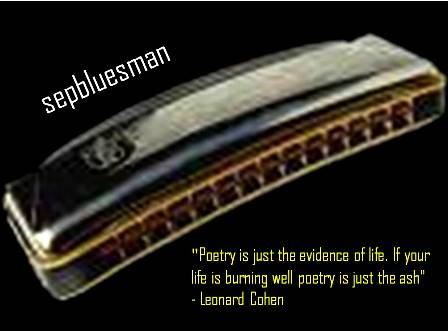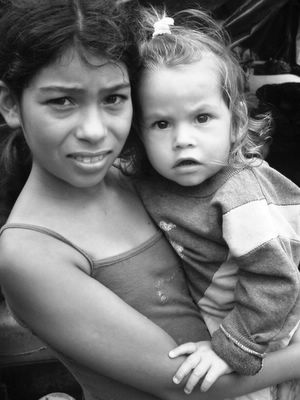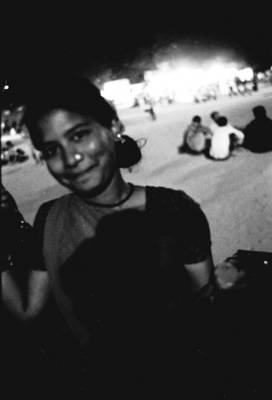
settlement in Goiania, Brazil demolished. Photo courtesy of Indy Media
By HOMELESS 16/02/2005 At 23:57
A large military policy operation with 2,500 men has started this morning (February 16) for the eviction of the land occupation Sonho Real (Real Dream) in the city of Goiânia, Brazil. Two people got killed, over 800 people got arrested and several people are wounded (five were very seriously wounded). Among the arrested, two Indymedia volunteers, one from Goiânia and one from Indymedia New York.
The occupation started in may 2004 in an area which has been abandoned for years and quickly gathered 3,000 families. In January, Justice ordered the eviction of the families and since then police have been terrifying the families with death threats and sudden attacks. In February 11, police showed up suddenly and shot gas and concussion bombs and fired rubber bullets against the people. One child got hit by a concussion bomb. On February 15, in another attack, police shot bombs and fired with guns. Two people got hurt. After pressure from social movements and human rights groups, state of Goiás Governor Marconi Perillo committed himself not to send police to evict people in a violent way (you can hear his commitment in this recorded audio. Today's attack and the so far confirmed death of two people showed he did not stick to his words.
You can pressure authorities for the release of the arrested and for the investigation of the murders:
Marconi Ferreira Perillo JúniorGoias State GovernorPhone # 55 - 62 - 2131456 r.231Fax # 55 - 62 - 2131479 or 2131481E-mail: governador@palacio.go.gov.br
Jonathas SilvaPublic Security SecretaryPhone # 55 - 62 - 2651000 or 2651050Fax # 55 - 62 - 2651001 or 2651002E-mail: Isabela@go.gov.br
Feb 19, Indymedia Report
After the violent eviction suffered this Wednesday, the 16th of February, many of the families from the occupation Sonho Real spent the night at the Catedral of Goiania. Others stayed in a Gym, because no other space was provided for them after their eviction. IMC reporters are now hearing a great number of reports of police violence and authority abuse. Even neightbors from the occupation have made reports about being attacked by the police. Some have sought medical attention. A rally was called for today, the 17th of February at 9 AM in front of the Catedral of Goiania to protest against the violence and to demand punishment for the perpetrators. During the rally the homeless held a funeral for the two 2 militants killed in Wednesday's raid, Pedro Nascimento Silva and Wagner da Silva Moreira. During the demonstration some undercover cops were identified by the squatters while they were trying to arrest of one of the leaders of the Occupation. Trying to avoid prison, the homeless surrounded the police officers who shot many times in the direction of the crowd. In as attempt to escape, they ran to a square near the Military Police who proceeded to set up a police line and protect the undercover cops. Still coming in are many uncomfirmed reports of murders and extreme police violence, in addition to the reports about the missing bodies. A recent post to IMC reports bodies that had been hidden in tanks or burned by the police). At this time, some of the arrested remain in jail and it is estimated at least 50 people missing, based on the various eye witness reports.




















